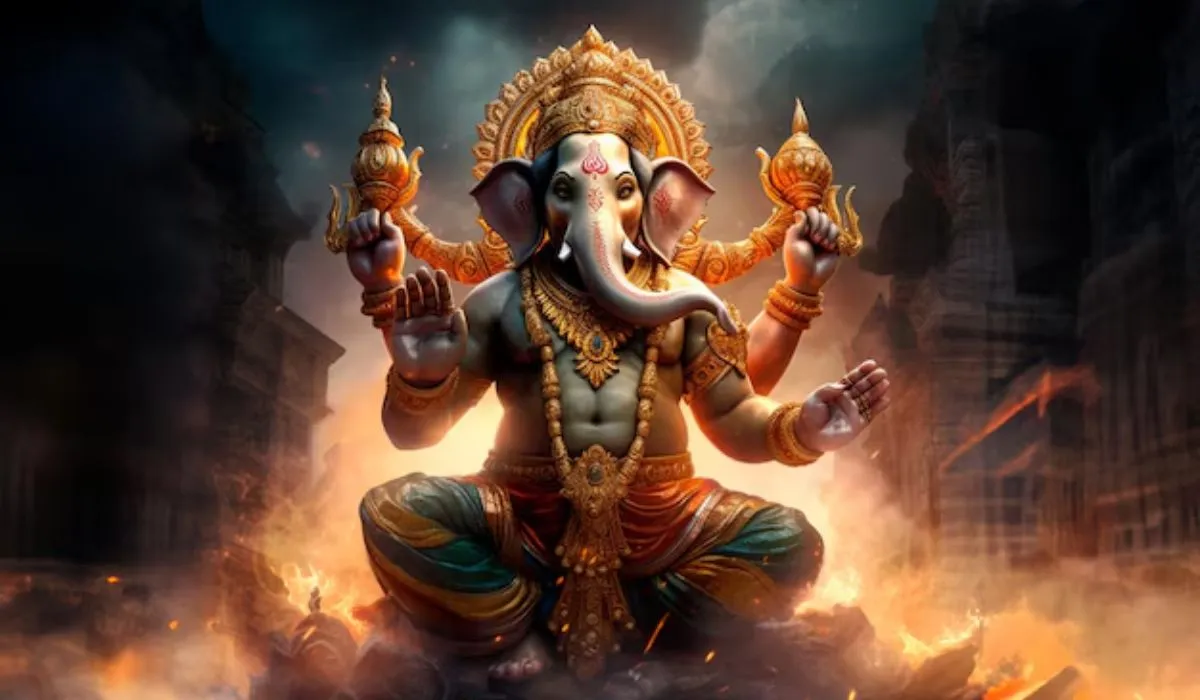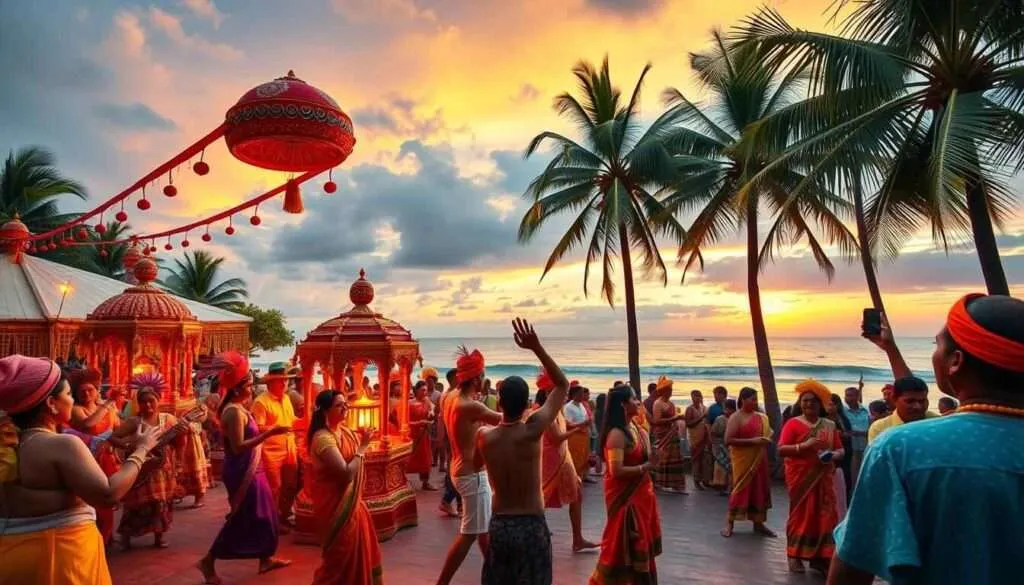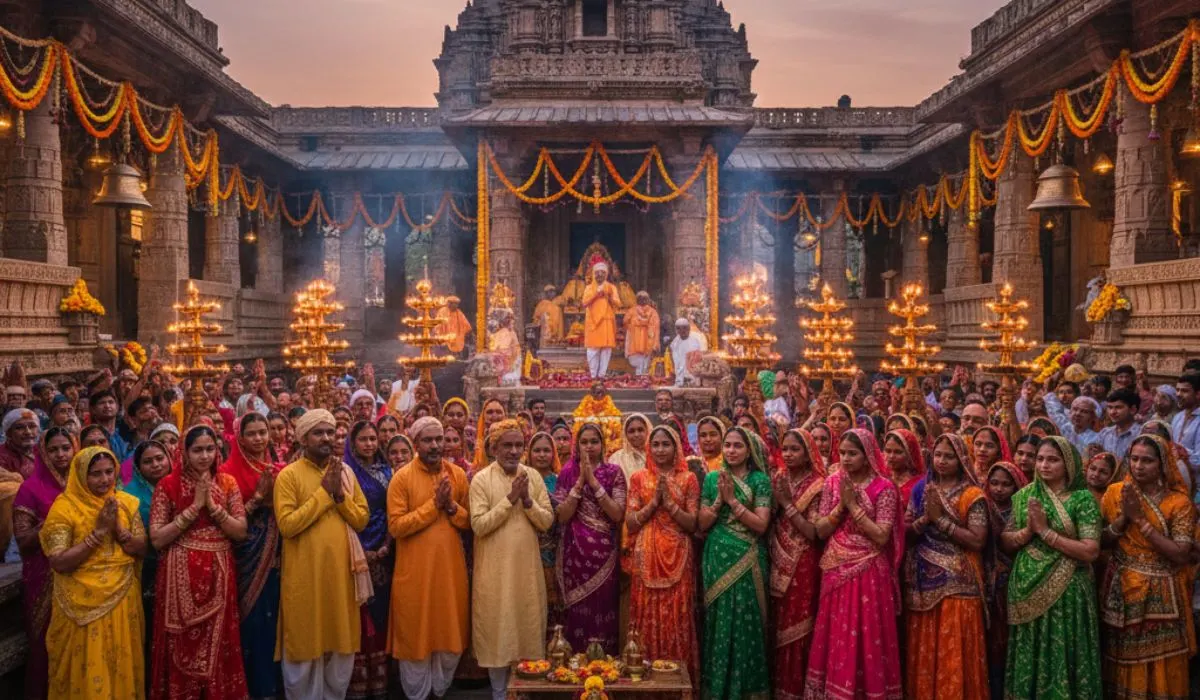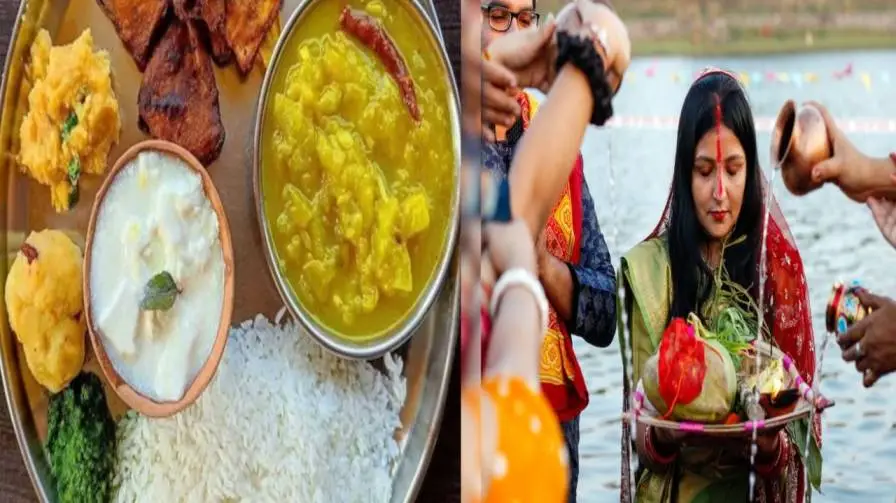There’s something about Ganesh Chaturthi that just... pulls people together. The smell of agarbatti, the echo of aarti chants, and modaks straight from grandma’s kitchen — for most folks in Maharashtra, it's more than just another festival. It's an emotion. It’s routine. It’s personal. But this year, something new is happening.
For Ganesh Chaturthi 2025, Maharashtra is thinking bigger — much bigger. What once started in narrow lanes of Pune and vibrant chawls of Mumbai is now gearing up to travel the world. Literally. So yeah — if you thought Ganpati Bappa was just a local celebration, wait till you see what’s planned for August 27 this year.
Excitement Builds as Lord Ganesha’s Arrival Nears
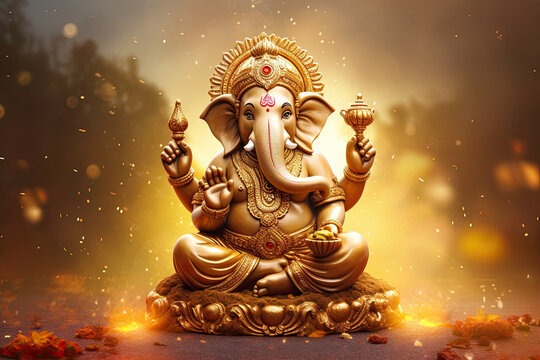
Let’s not forget the date. Wednesday, August 27, 2025 — mark it with a big red circle (or a cute modak sticker if you’re fancy like that). And the visarjan? That’s set for Saturday, September 6. But those 10 days in between? Maharashtra’s aim is to light up homes, streets, cities, and now, even foreign shores.
Ganesh Chaturthi Is Going Global in 2025
Alright, so what’s all this talk about going “global”? Well, for starters — the state government has announced a full-fledged international cultural outreach around Ganeshotsav. And no, it’s not just lip service.
Here’s a rough idea of what’s being cooked up:
- Digital darshan of major Ganpati pandals for viewers across countries.
Art exports featuring Ganesh-themed handicrafts. - Tourism campaigns inviting foreigners to “experience Ganesh Chaturthi at its heart.”
Raed more:- How Maharashtra Gets Ready for Ganesh Chaturthi 2025
It All Starts at Home: Supporting Local Artists & Karigars
Before going global, the heart of the festival needs love. And by “heart,” we mean the murtikars (idol makers), the dhol-tasha groups, flower vendors, tailors, and the folks who build the pandals with bamboo and rope. This year, the state rolled out a project called “Shilp Mandal 2025.”
What it means in simple words:
- Rural artisans get subsidies on clay, colors, and tools.
- Young boys and girls in small towns will learn idol-making via free training camps.
- SHGs (Self Help Groups) led by women will get help to sell handcrafted décor.
So even if Ganesh goes global, the roots stay right here, where they’ve always belonged.
Big Push for Eco-Friendly Celebrations
Okay — this part’s really picking up steam. Over the years, people started moving away from PoP idols and loud crackers. But this time, it’s no longer just a choice — it’s policy.
Here’s what 2025 is doing differently:
- No plaster of Paris idols allowed in public pandals.
- More artificial visarjan tanks (with flower composting, not chemical dumping).
- Free distribution of seed Ganeshas — yes, idols that grow into a tree after visarjan!
- School kids get eco-puja kits made of recycled material.
Global Darshan: Watch Bappa from Anywhere
You don’t need to be in Pune’s Laxmi Road or Mumbai’s Lalbaug to see your favorite Ganesh idols anymore.
This year, an app called “My Ganpati 2025” (name still unofficial) will stream live darshan from top 50 mandals. You’ll also get:
- Aarti times across time zones
- Language options for global users
- Virtual donations to support causes by mandals
- 360° views of pandals (yes, like a virtual tour)
Families in the US, UK, Canada, and UAE can now start and end their days with aarti, even if they’re miles away.
Cultural Events: Not Just in Maharashtra
This is where things get emotional. For many families living abroad, Ganesh Chaturthi was just a memory from India. But now, they’re bringing it back — with support.
What’s planned:
- Consulates to host Ganpati exhibits, workshops on modak-making, folk dance events.
- Artists from Maharashtra flying to perform in international cities.
It’s not about size — even a tiny clay Ganesh in a Dubai flat or a modak made in a Sydney kitchen means the world when it brings people together.
Schools Join the Celebration Too
Back home, Maharashtra’s schools aren’t sitting this one out either.
For the first time, the Education Dept. has allowed a Ganesh Utsav Week in government and private schools.
- Students will learn Ganpati stories through plays and puppet shows.
- Poster contests will highlight eco-awareness.
- Older students will attend workshops on the freedom movement connection via Lokmanya Tilak’s vision.
Honestly, it’s a break from regular studies — and a lesson in culture that textbooks can’t teach.
Quick Recap of What’s Changing in 2025
Here’s a simple bullet list if you're in a rush:
- Ganpati starts on August 27, ends on Sept 6
- More clay and seed Ganeshas, zero PoP
- Livestreams for darshan worldwide
- Cultural programs in foreign cities
- Help for idol makers, women’s SHGs
- Visarjan routes, traffic & sanitation better managed
- School awareness week statewide
- Tourism campaigns inviting NRIs and foreigners
Why This Actually Matters
Look — it’s easy to say “Ganpati’s getting popular.” But this? This is deeper. For a kid in Nagpur watching his dad shape a clay idol, or a working couple in California tuning in to aarti after office hours — this is identity. Memory. Connection. Ganesh Chaturthi 2025 is showing us that tradition doesn’t fade. It travels. It evolves. And this blend of local passion + global presence might just be the way forward.
How You Can Be Part of It: Wherever You Are
Doesn’t matter if you’re in Kolhapur or Kansas — Ganeshotsav has a way of reaching your heart.
Here’s what you can do:
- Choose a green idol this year
- Share one Ganesh moment online — even a childhood photo
- Play the aarti in your home or headphones
- Support a local artist near your city
- Teach your kids a Marathi aarti (even if you're Punjabi or Tamil)
- Join a housing society celebration or help organize one
Because small actions stack up. And they make Bappa smile — we’re pretty sure.
Final Words: Bappa Goes Global, But He’s Still Yours
So yes, Maharashtra’s pulling out all stops this year. The government’s pitching in, tech is making darshan digital, artisans are getting support, and Ganesh Chaturthi is getting ready to step onto a global stage. But in all of this, what matters most? The moment you light a diya. The moment you fold your hands in front of Bappa, even if you’re in a tiny flat with no pandal, no loud music — just a quiet heart. That’s where the real festival lives.



